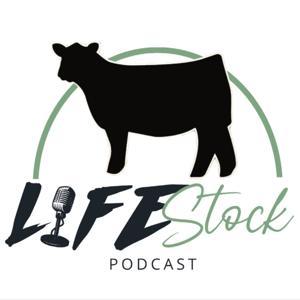
Sign up to save your podcasts
Or



By Beef Cattle Research Council



The podcast currently has 100 episodes available.










The podcast currently has 100 episodes available.

89 Listeners

7,110 Listeners

437 Listeners

5 Listeners

128 Listeners

392 Listeners

76 Listeners

118 Listeners

231 Listeners

68 Listeners

8 Listeners

1,644 Listeners

26 Listeners

2 Listeners

0 Listeners